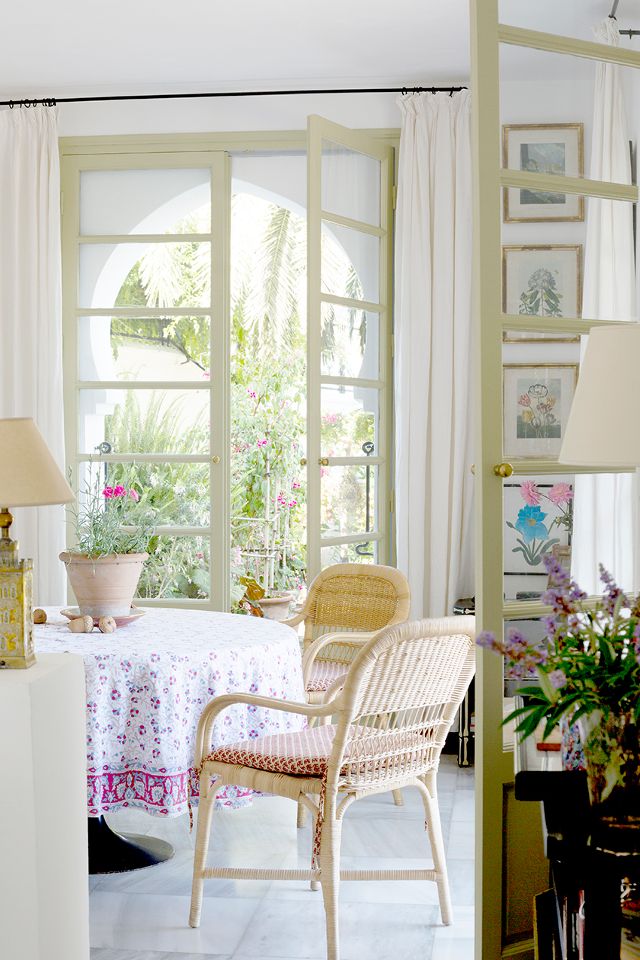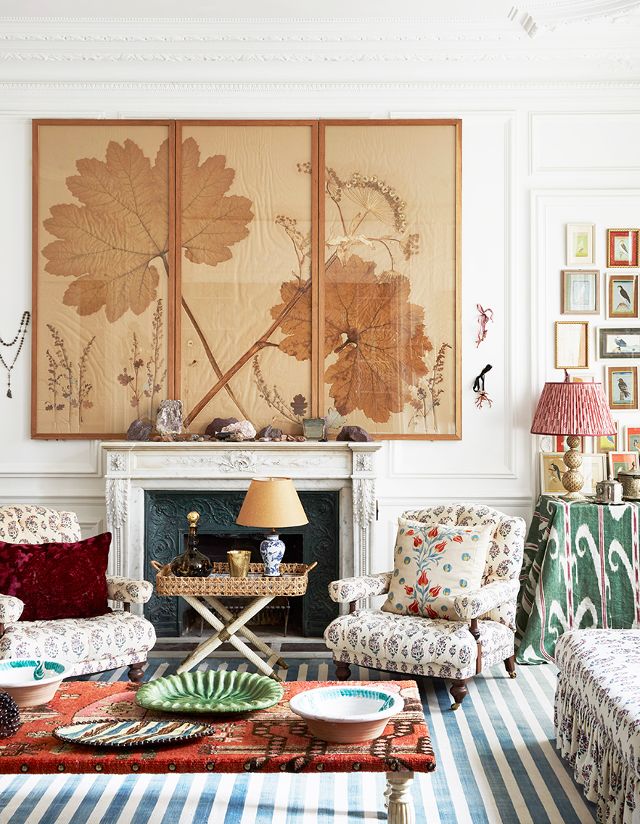6 Steps To Restoring Old furniture

If restoring old furniture is a hobby you plan on picking up, here are some steps to help you in the process.
 Photo: One Fine Stay
Photo: One Fine Stay
Select your Furniture With Care
Before you even consider restoring a piece of furniture, think about what you will do with it afterward. Are you restoring it for potential profit when you sell it? Are you refinishing it to enhance a room in your house? Incorporating vintage furniture into your home is a great way to achieve a designer look for less. And depending on the purpose, different strategies might apply. If you intend on making a profit, you need to select furniture that have value to begin with. If you are restoring furniture for your own pleasure, any piece that captures your heart is worth your time.
 Photo: Vendome Press
Photo: Vendome Press
Watch our for Safety Precautions
Since you will be working with chemicals and tools, you need to have the right protective equipment on hand. If you intend on using paint strippers, you want to work in a well-ventilated area. Consider wearing a mask to protect your lungs. Goggles and gloves are also prudent to wear. Read all labels before you use a product. As for using tools, make sure you wear gloves and appropriate foot ware.
Thoroughly Clean the Piece
Depending on the piece of furniture you have selected, you might have to remove hardware or disassemble it. Proceed slowly and methodically. Clean your furniture using the product recommended according to its finish.

Photo: Vendome Press
Start Sanding
This step will be essential, especially if the furniture was painted. You will need to use different grades of sanding paper for different stages. Start with coarser grains to rough up the surface and go over every inch of the furniture. Repeat the process with finer grain until you are satisfied with the result. This step will require a lot of patience and minutia. Once you are done, make sure you wipe off the furniture with a damp cloth to remove all sanding residues. Alternatively, you could vacuum the furniture.
 Photo: My Domaine
Photo: My Domaine
End by Finishing
After selecting the finishing of your choice, paint, varnished or French polishing, apply t to every part of the furniture. Several coats might be needed. Again, make sure you read the instructions and labels before you begin the application process.

Photo: Brittany Ambridge
Reassemble your Furniture
Once every part is ready, it is time to put the puzzle back together. In some instances, steps five and six might be inverted; regardless, you have completed most of the work, you should be proud of yourself.
This is your first work, document your progress. Take before and after pictures so you can see the progress you have made and the transformation in the furniture. As you develop your technique, you will find materials, sanding papers, paint thinner and other products you feel more comfortable with. Take notice and keep them on stock, you never know when a second project might come your way. If you find that you have a knack for it, furniture restoration can become a profitable hobby.










Leave a Comment